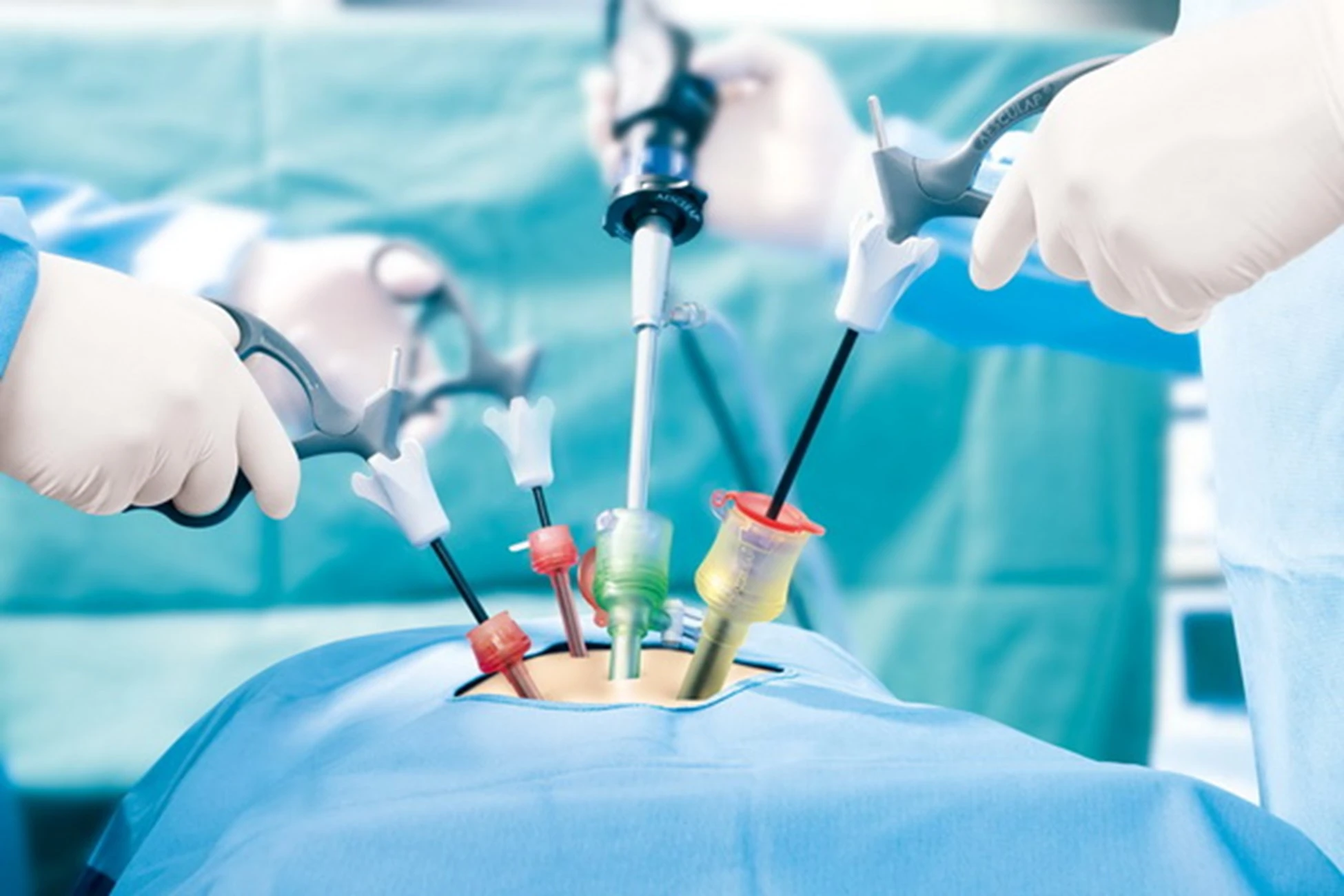Laparoscopy is a comfortable surgical method used for diagnosing or treating various diseases that develop in the abdominal area, characterized by very small incision sizes on the skin.
Through an incision in the abdominal area, a laparoscope is inserted into the body, which projects the internal view of the abdomen onto a screen. This allows the surgeon to have a clear view during the operation. Additional surgical instruments are inserted through incisions made in different areas of the abdomen, and the surgeon performs the procedure by observing their movements on a high-definition monitor. Laparoscopic surgery, also known as minimally invasive or bloodless surgery, can diagnose and treat many different conditions.
The required incision size in laparoscopic surgery ranges from 0.5 to 1 cm. As a result, the patient experiences less pain after surgery.
In cases where simultaneous intervention is necessary, two or three different incisions may be made in various areas of the abdominal region, and trocar tubes are placed in these areas. Auxiliary surgical instruments used during laparoscopic surgery are inserted through these tubes to perform the surgical procedure.
Regardless of the size of the surgery, patients report much less pain and discomfort after laparoscopic procedures compared to open surgeries. This method allows for quicker recovery with less medication needed.
Applications of Laparoscopy in Infertile Patients:
- Diagnostic purposes
- Ovarian cysts
- Chocolate cysts (endometriomas)
- Tubal diseases and obstructions
- Pelvic adhesions (abdominal cavity adhesions)
- Focal points of endometriosis
- Uterine tumors (myomas)




